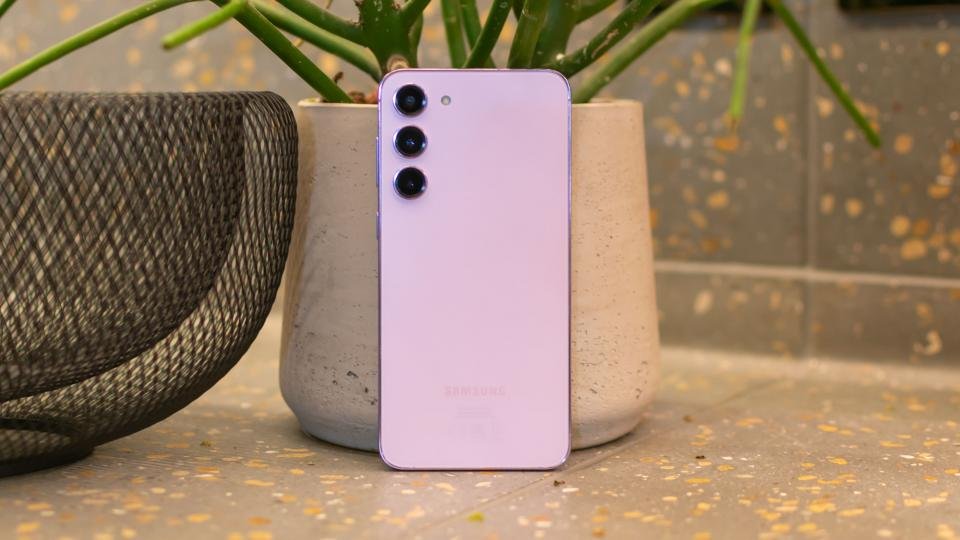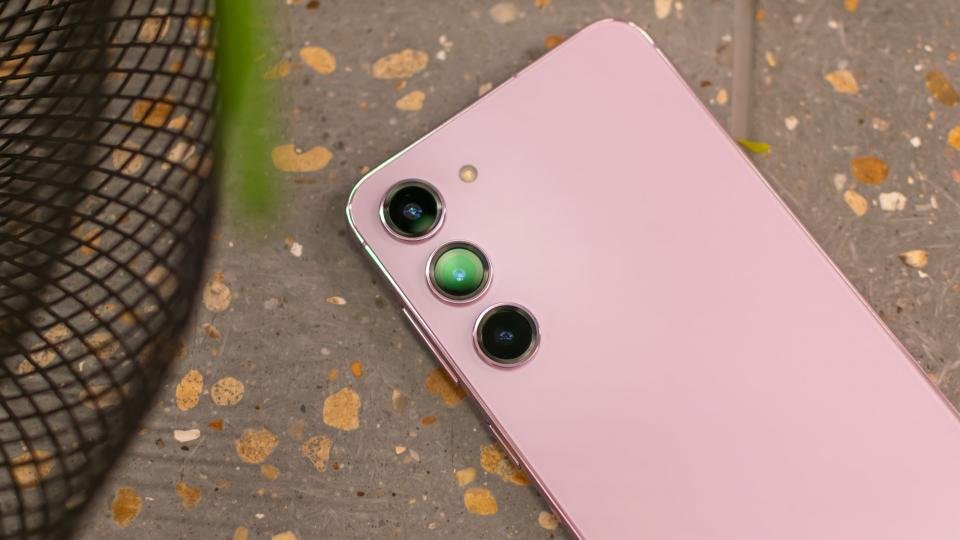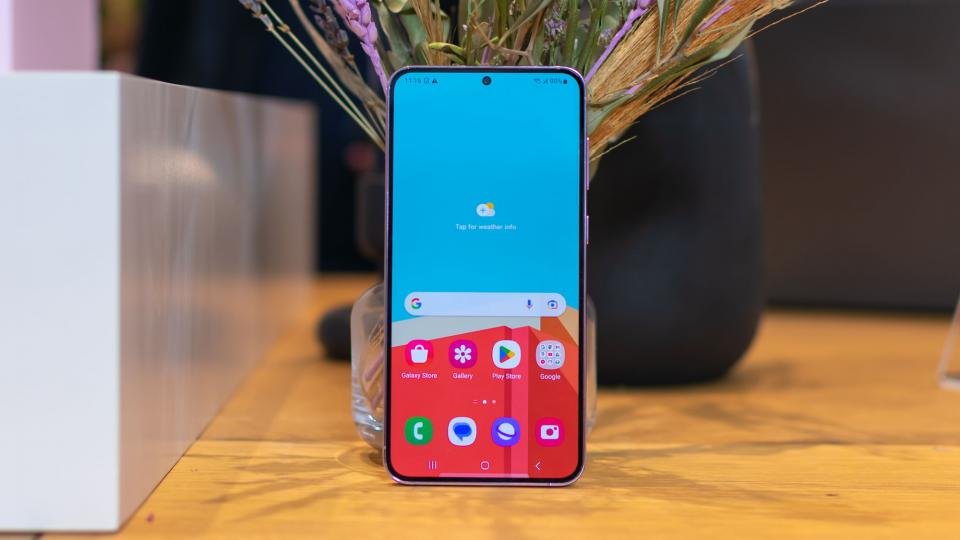
The awkward middle child, the Samsung Galaxy S23 Plus gets a minor upgrade and a new look for 2023
There’s a good chance that you already know what the deal is with the Samsung Galaxy S23 Plus. You’ll have to pay for the privilege, of course, but that extra money gets you a bigger screen and a bigger battery, alongside some of the other new bits and bobs shared across the S23 range.
Except the Ultra is still the top-end flagship Samsung wants you to buy. Yes, the Plus isn’t quite as expensive – although it is still very pricey – but it lacks the S Pen stylus and fancy new 200MP camera of the Ultra. For a difference of £200, you might be better off stretching your budget just a little further.
Samsung Galaxy S23 Plus hands-on review: Key specifications, UK price and release date
- 6.6in, 120Hz HDR10+ FHD+ Dynamic AMOLED 2X display
- Qualcomm Snapdragon Gen 2 for Galaxy
- 256GB or 512GB of storage
- Triple rear camera: 50MP, 12MP ultrawide, 10MP telephoto
- Selfie camera: 12MP
- 4,700mAh battery
- IP68 waterproofing
- Gorilla Glass Victus 2
- Colours: Phantom Black, Cream, Green and Lavender
- UK release date: Preorder from 1 February, available from 17 February
- UK price: £1,049 (256GB), £1,149 (512GB)
Samsung Galaxy S23 Plus hands-on review: Design, key features and first impressions
Still, if you can’t justify the extra cost, there’s still a lot to like about the S22 Plus. It’s not the very top-end of Samsung’s latest smartphone output but for a lot of people, that’s perfectly fine.
Let’s start with what’s new for 2023. The first thing you’ll notice is that the S23 Plus looks slightly different from the back, with Samsung choosing to remove the ‘Contour Cut’ camera housing. This year, we simply have the three vertically placed lenses on the rear without even a faint whiff of a camera surround.

It’s a cleaner look, but I’d argue that the S23 loses quite a bit of its predecessor’s charms as a result. The S22’s Contour Cut camera housing matched the colour scheme nicely, and this new look is rather plain by comparison. I do like the selection of new colours, though – it can be picked up in either Phantom Black, Cream, Green or Lavender.
It’s also a rather large phone, especially if you put the cheaper S23 in your other hand. The FHD+ 120Hz AMOLED display measures 6.6in (compared to 6.1in on the regular model), and while this is the same size, resolution and refresh rate as before, it’s still arguably one of the best smartphone screens around.
Qualcomm’s Snapdragon 8 Gen 2 can be found inside, which is still so new that we haven’t put it to the test just yet. It also has a special “for Galaxy” designation, which basically means it runs at 3.6GHz instead of a base clock speed of 3.3GHz. We’ll have to wait and see what effect this has on performance and battery life, but you’d expect an uptick in the former and perhaps a little drop in the latter.

The good news is that the S23 Plus’ battery has jumped up in capacity to 4,700mAh, which is a 200mAh bump and an even bigger difference compared to the 3,900mAh cell on the normal model. The S23 Plus also comes with Android 13 pre-installed, with Samsung’s OneUI 5.1 software tweaks plastered over the top.
Camera-wise, we’re looking at a 50MP main, 12MP ultrawide and a 10MP telephoto. The selfie camera has been upgraded to a 12MP shooter (up from 10MP). New camera features include starry night shooting Astro Hyperlapse and Astrophoto modes, Super HDR selfie video at 60fps as well as more accurate skin tone capture – similar to the Pixel 7’s Real Tone.
Samsung Galaxy S23 Plus hands-on review: Early verdict
Clearly, the S23 Plus is more of an iterative change than a complete reinvention. That’s not a hugely bad thing – after all, we liked last year’s S22 Plus – but it would have been nice for Samsung to introduce at least something special here, rather than simply play it safe and stick with its tried-and-tested “bigger screen, bigger battery” formula.
After all, the S23 Plus isn’t exactly cheap. It starts at £1,049 for the 256GB model, which is £100 more expensive than last year’s phone. Want more storage? Expect to pay £1,149 for the privilege when it releases on 17 February.
